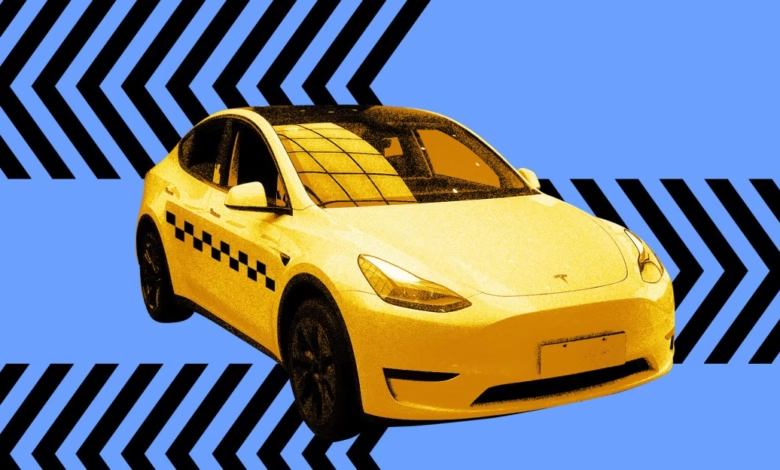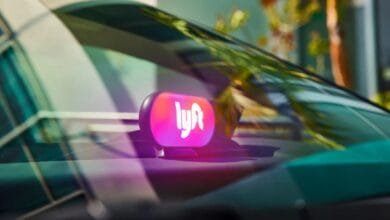Tesla Robotaxi Rides to Include Safety Monitor Initially

▼ Summary
– Tesla is inviting influencers and investors to test its robotaxi service starting June 22nd, but rides will include a human “safety monitor” in the passenger seat.
– The inclusion of a safety monitor contradicts Elon Musk’s earlier promise of fully unsupervised robotaxi rides.
– Musk previously stated the service would launch this summer with “no one in the car” and vehicles would be remotely operated in emergencies.
– The robotaxi service will operate within a geofenced area from 6AM to 12AM, excluding airports, and may be limited in bad weather.
– Each invitee is allowed to bring one guest aged 18 or older during the robotaxi trial.
Tesla’s upcoming robotaxi service will launch with human safety monitors in vehicles, marking a temporary departure from Elon Musk’s vision of completely driverless rides. The company has started sending invitations for trial rides beginning June 22nd, though participants will find an employee occupying the front seat during their journey, a precautionary measure not mentioned in earlier announcements.
The inclusion of human monitors contrasts sharply with Musk’s January statement promising fully autonomous rides without supervision. During an April earnings call, he suggested a fleet of 10 to 20 Model Y vehicles would handle emergencies through remote operation. However, the current rollout indicates Tesla is prioritizing caution over immediate full automation.
Invitations outline several operational restrictions for the initial phase. Rides must be requested between 6 AM and midnight within a designated geofenced zone, explicitly excluding airports. Weather conditions may also disrupt service, a common hurdle for self-driving systems. Each invitee can bring one adult guest, though specifics about pricing or broader availability remain undisclosed.
This phased approach reflects the challenges of deploying autonomous technology at scale. While Tesla aims to eventually remove human oversight, real-world testing with safety monitors allows the company to gather data while minimizing risks. The move aligns with industry trends, as competitors like Waymo and Cruise have also relied on human supervision during early-stage deployments.
For now, Tesla enthusiasts and investors will experience a semi-autonomous system rather than the futuristic driverless rides Musk originally envisioned. How quickly the company transitions to unsupervised operation will depend on performance data and regulatory approvals, factors that could shape the broader adoption of robotaxis in the coming years.
(Source: The Verge)






